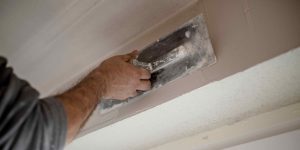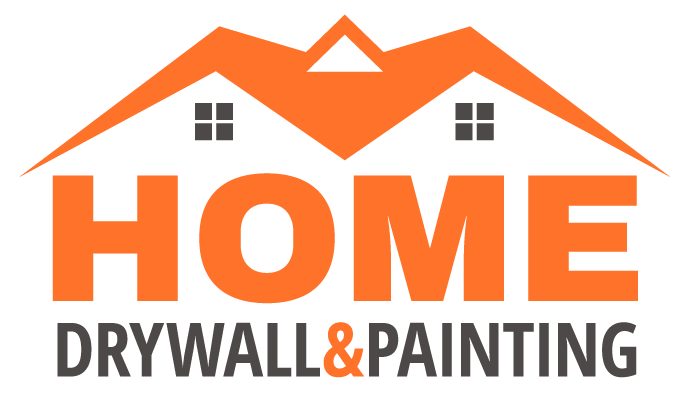 If you’re looking to complete a home remodeling project, one of the first things you should consider is how to finish your ceiling. Ceiling plaster has been around since the 18th century and it’s still a popular choice today. It’s easy to create and makes an attractive base for all sorts of other finishes. However, there are some disadvantages associated with this type of finish that may leave you wondering whether it’s right for your home. If that sounds like something you might be interested in learning more about before hiring a contractor, read on! Ceiling Plaster in Savage MN
If you’re looking to complete a home remodeling project, one of the first things you should consider is how to finish your ceiling. Ceiling plaster has been around since the 18th century and it’s still a popular choice today. It’s easy to create and makes an attractive base for all sorts of other finishes. However, there are some disadvantages associated with this type of finish that may leave you wondering whether it’s right for your home. If that sounds like something you might be interested in learning more about before hiring a contractor, read on! Ceiling Plaster in Savage MN
What is Ceiling Plaster?
Ceiling plaster is the most common finish for ceilings. It’s made of gypsum, a mineral that can be found in many kinds of rock. In its pure form, it’s whitish-gray but you can use tinted versions to create any color you want—which is handy if your walls are painted with shades that don’t match your tastes!
You can apply ceiling plaster to walls as well as ceilings by either spraying it on or brushing it onto the surface. This type of wall finish usually comes in two forms: wet or dry. Wet plaster has more texture and gives off a textured look when applied to your walls and ceilings; dry plaster has smoother lines and is quicker to apply because it doesn’t need time for drying between coats
Uses of Plaster
Plaster was used prominently in the 18th and 19th centuries. Its popularity peaked in the early 19th century, but it was still being used until around 1870.
Plaster has been used as a construction material for thousands of years. The oldest discovered examples are from Ancient Greece and Rome, but it was also commonly used during Medieval times and Renaissance times (see below). During these periods, plaster was often mixed with lime to form mortar that could be applied directly onto walls or floors as a surface material for decoration purposes only (without any structural strength requirements).
Plaster vs. Drywall
There are two main types of ceiling finishes, plaster, and drywall.
Plaster is a material made from gypsum, which is a naturally occurring mineral found in the earth. Gypsum can be used to make drywall by combining it with water and other materials such as paper or glass fibers. This mixture forms gypsum paste, which is applied to ceilings as an adhesive for decorative materials like paint or faux finishes.
Drywall is made from paper, so it’s stronger than plaster and has better resistance to water damage because its backing absorbs moisture from leaks in an indoor environment (like your home). However, drywall doesn’t look as nice as plaster does when painted or decorated in other ways—this could be why you’re reading this article!
Water Resistance
It’s important to note that drywall is water-resistant but still needs to be kept dry. Plaster, on the other hand, can be easily damaged in a flood or if there’s a leaky roof. This makes it harder for you to repair your home after an accident like this occurs.
Plaster tends to be more fragile than drywall because it’s more susceptible to damage from water and moisture. Many homeowners have seen cracks in their ceilings after an unfortunate leak in an upstairs bathroom caused heavy rainwater damage in their living rooms below.
If you’re planning on finishing off your basement with plaster walls or ceiling panels, make sure that you check the ceiling for any major cracks before you begin construction. Also, make sure that all of the pipes are properly insulated so they don’t become exposed as well!
Advantages and Disadvantages
There are several different types of ceiling coatings, and each has its unique advantages and disadvantages. The most common kind of ceiling plaster is drywall—a sheet material that comes in a variety of sizes and thicknesses. Drywall is often used as an internal surface for walls and ceilings, but it can also be applied on the outside of buildings to act as insulation against heat loss in winter months.
If you’re looking for something more natural, you might consider using stucco instead (or perhaps even clay tiles). Stucco usually consists of sand, lime or cement paste, water, and pigment powder; it comes in various colors so it’s easy to customize your home’s exterior appearance if desired! You may also want to consider getting some advice from an experienced contractor if you want your new look done right without having any issues down the road with maintenance work later on down the line.
Ceiling Texture
A new drywall texture can be applied to your existing plaster ceiling to hide blemishes and improve its appearance overall. The process involves applying a base coat, then covering it with a layer of drywall joint compound. A variety of different textures can be applied to this, including:
- Smooth (no texture)
- Pebble or eggshell finish (a subtle texture with various degrees of depth)
- Flat (a flat, smooth surface)
Ceiling Plaster in Savage MN
Of course, there are many other types of ceiling finishes available. Some examples include drywall and acoustic plasterboard. The best way to determine which type of ceiling material will work best for your home is to talk with a professional contractor who can help guide you through the process. Contact us at Home Drywall and Painting in Savage, Minnesota today!
